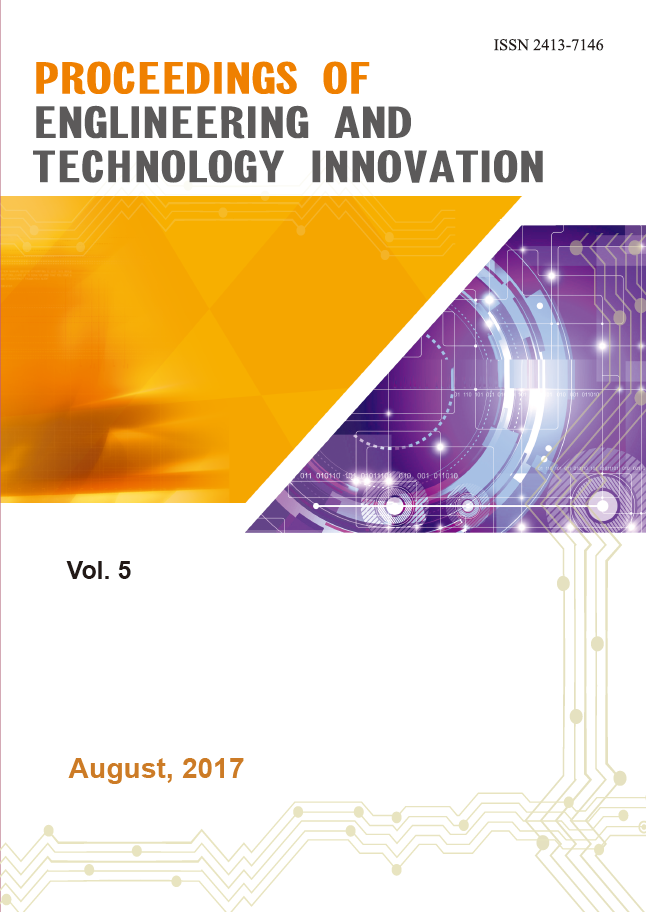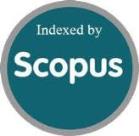Causal Relationships Among Factors Affecting the Buildability in Executing Construction Projects in Vietnam
Keywords:
buildability, structural equation model, construction projects, VietnamAbstract
This paper aims to identify causal relationships among factors affecting the buildability in executing construction projects in Vietnam. First, through a comprehensive literature review, the study identified a full set of attributes that affect the buildability of construction projects. Subsequently, through discussions and interviews with experts, the study determined main attributes affecting the buildability in the context of the construction industry in Vietnam. After that, a survey questionnaire was developed which was based on identified attributes. The data after collected, was analysed by Structural Equation Model (SEM) and the expected result from the SEM model is a structural model. This structural model includes four factors, namely: Design applies advanced machinery, materials and construction methods; Design uses available resources at local for saving costs; Design applies safe construction methods; and Design uses prefabricated and typical components. The key finding of the study is to provide insights into causal relationships among factors affecting the buildability in executing construction projects in Vietnam.
Downloads
Published
How to Cite
Issue
Section
License
Submission of a manuscript implies: that the work described has not been published before that it is not under consideration for publication elsewhere; that if and when the manuscript is accepted for publication. Authors can retain copyright of their article with no restrictions. Also, author can post the final, peer-reviewed manuscript version (postprint) to any repository or website.

Since Oct. 01, 2015, PETI will publish new articles with Creative Commons Attribution Non-Commercial License, under The Creative Commons Attribution Non-Commercial 4.0 International (CC BY-NC 4.0) License.
The Creative Commons Attribution Non-Commercial (CC-BY-NC) License permits use, distribution and reproduction in any medium, provided the original work is properly cited and is not used for commercial purposes




